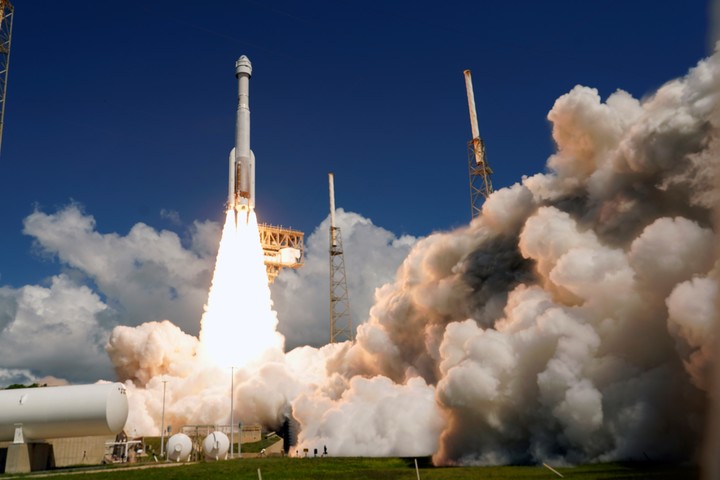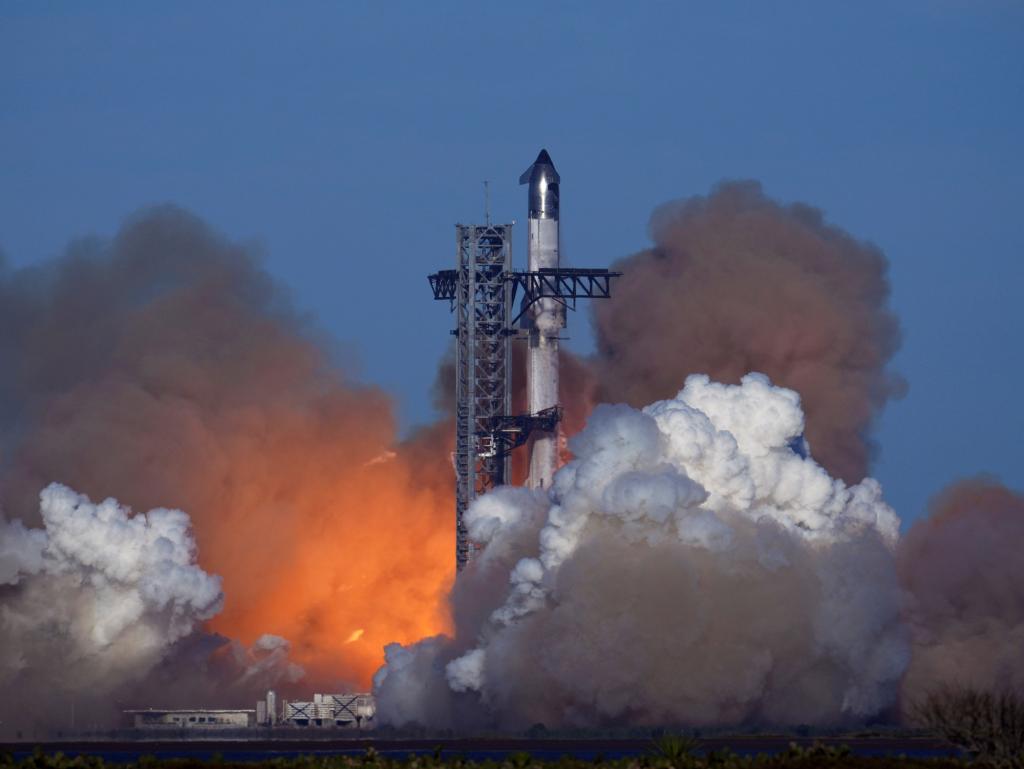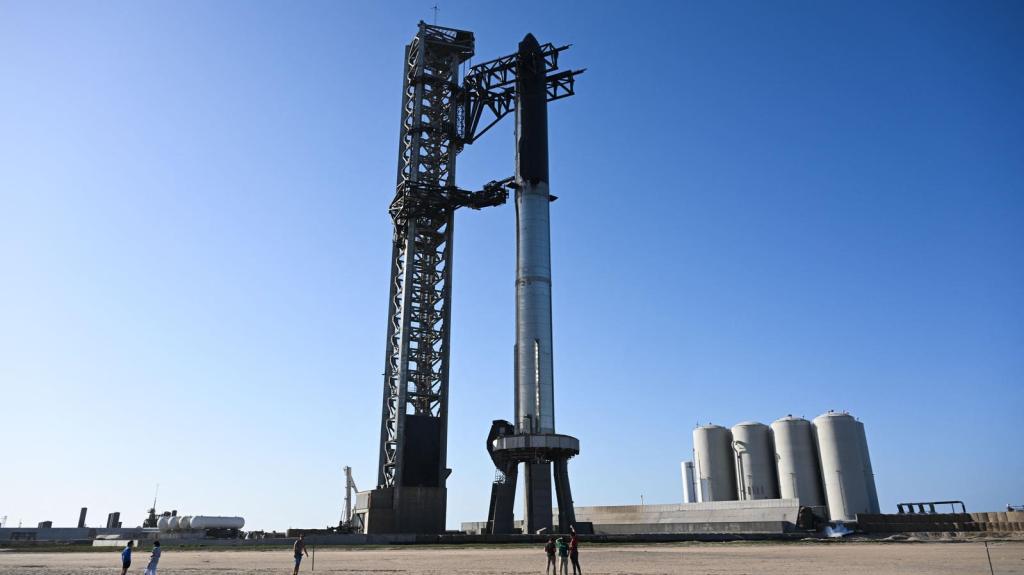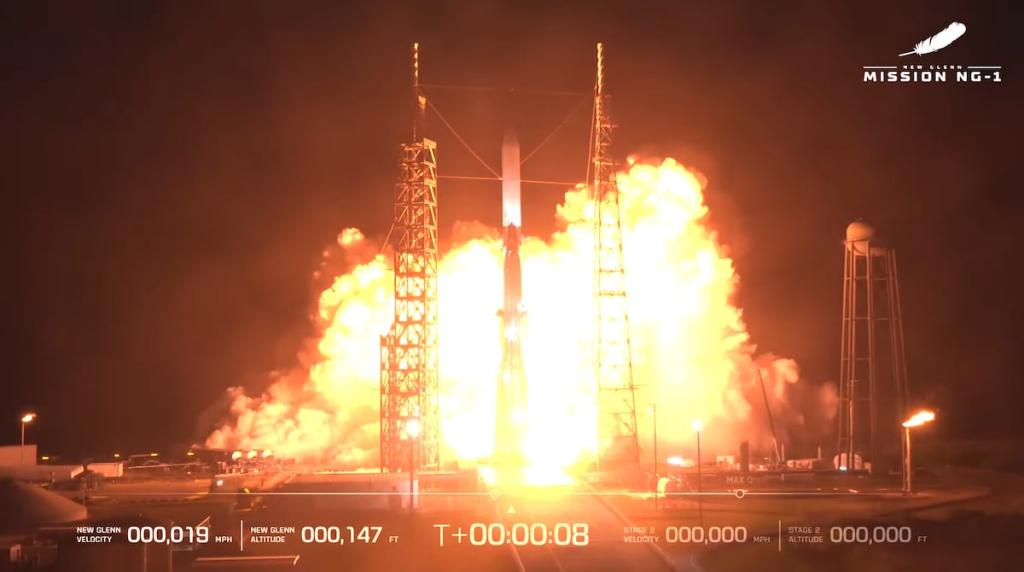NASA's Dilemma: Safe Return of Astronauts from Space
NASA faces a critical choice: safely return astronauts Butch Wilmore and Suni Williams amid technical challenges with Boeing's Starliner or rely on SpaceX.

Key Points
- Nasa must decide whether to risk returning astronauts Butch Wilmore
and Suni Williams aboard the troubled
BoeingStarliner
or opt for
SpaceX's
Crew Dragon.
- Boeing's Starliner experienced multiple thruster malfunctions and helium leaks, raising safety concerns about its reliability for reentry.
- The astronauts’ potential extended stay at the ISS could reach eight months if they are transferred to the SpaceX mission for their return.
In the intricate realm of space exploration, few scenarios are as critical as ensuring the safe return of astronauts to Earth. Recently, NASA found itself at the center of a gripping saga involving two of its astronauts, Barry "Butch" Wilmore and Sunita "Suni" Williams, who became unexpectedly stranded in the
(ISS) aboard Boeing's Starliner spacecraft. What began as a straightforward eight-day mission has spiraled into a complex dilemma that raises questions about safety, technology, and the future of space travel.
Scheduled to return home after a brief mission that started on June 5, 2024, the situation took a turn when the spacecraft experienced significant propulsion system failures. With reports of multiple thruster malfunctions and helium leaks, NASA faced a tough decision: to risk the astronauts' return in the Starliner or opt for a safer alternative via SpaceX's Crew Dragon. The potential implications of this choice extend far beyond the immediate timeline.

Understanding the Technical Challenges
Since their arrival at the ISS, Wilmore and Williams have been in a unique position—safely orbiting the Earth but unable to return as planned. Boeing's Starliner, designed for crew transport, faced multiple issues right from launch. Initially, authorities identified a helium leak prior to lift-off, which was deemed manageable. However, upon nearing the station, further complications arose including additional leaks and thruster failures, escalating concerns about the spacecraft's viability for safe reentry.
Boeing has maintained confidence in the Starliner’s capabilities. Yet, NASA engineers have expressed more caution, emphasizing the need for thorough assessments before committing to any course of action. This predicament amplifies the stakes for Boeing; the success of their crewed missions is pivotal not only for their reputation but for the future of their space program. Should the agency opt for a SpaceX rescue mission, Wilmore and Williams could end up extending their stay in microgravity to nearly eight months.
The Options on the Table
As NASA deliberates, three distinct scenarios emerge. The first involves a hopeful return aboard the Starliner. If NASA determines that the spacecraft is safe enough, it could launch them back to Earth soon, albeit with some inherent risk due to its unproven reliability. The second scenario, opting for a SpaceX return, would entail a significant adjustment: two astronauts on the Crew-9 mission would have to be sidelined, making room for Wilmore and Williams. This decision would mean the astronauts would remain aboard the ISS until February 2025, far exceeding the original timeline.
There is a third, less publicized concern: failing to ensure a safe return could lead to scenarios where faulty reentry could compromise not only the spacecraft but also the lives of the astronauts aboard. Experts have pointed out potential risks including incorrect positioning during reentry, which could lead to catastrophic outcomes. The implications of decisions made now will resonate through the future of human spaceflight.
The Bigger Picture
This incident sheds light on the broader challenges faced by NASA and its partners in private aerospace, emphasizing the importance of having multiple craft available for crew transport. The dual approach—utilizing both Boeing and SpaceX—was designed as a safety net, ensuring that should one vehicle face challenges, the other could potentially serve as a fallback. This incident underscores the necessity for redundancies in space travel, where the stakes are markedly higher.
While the situation remains fluid, the expertise and resilience of the astronaut crew provide a sense of reassurance. Wilmore and Williams, seasoned professionals, continue to engage in research and experiments onboard, showcasing the spirit of exploration even amidst uncertainty.
Ultimately, this cosmic conundrum not only highlights the technical challenges of modern space missions but also serves as a reminder of the human spirit's capacity to adapt. With every challenge faced, lessons are learned, paving the way for a more integrated and safe future in space exploration. As decisions are made, it is imperative for NASA to prioritize the safety of its astronauts while fostering innovations that will shape tomorrow's space endeavors.


